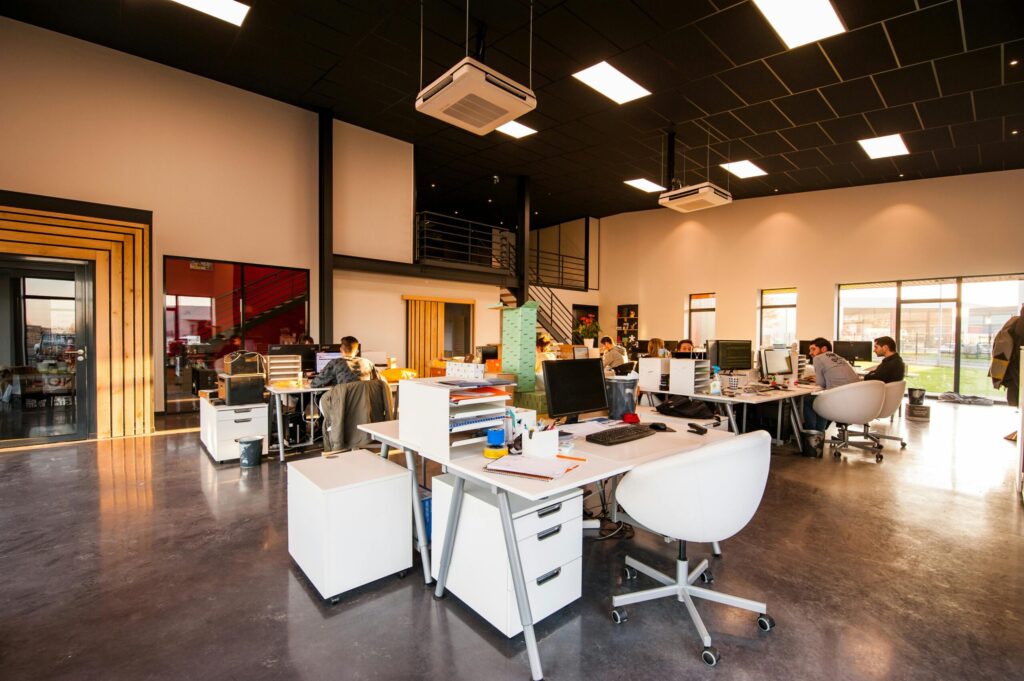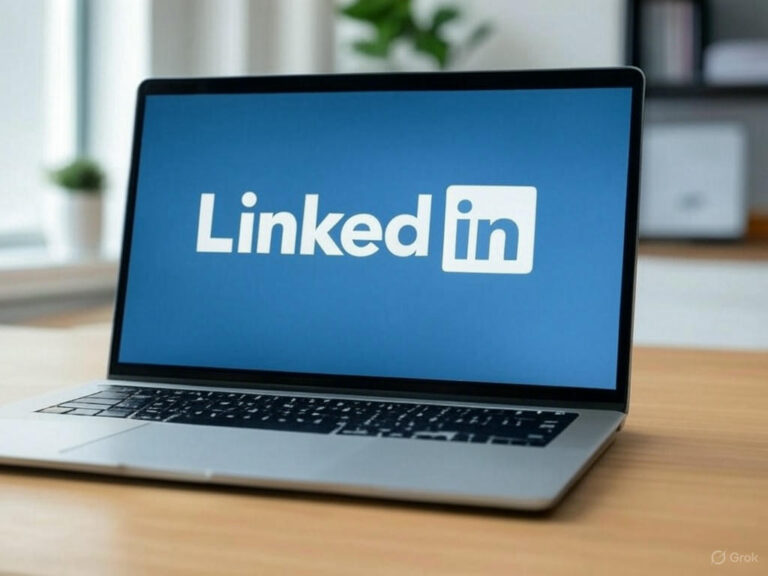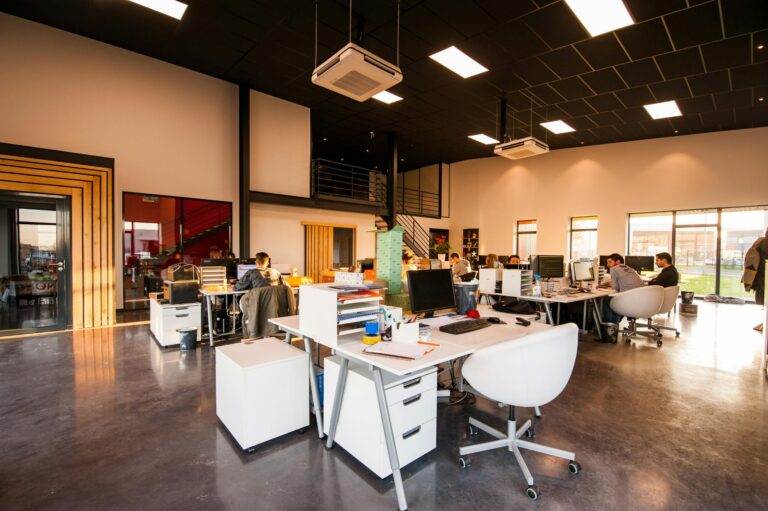Imagine this: A 10-person agency generates 50,000 monthly LinkedIn impressions, secures 1,200 qualified leads, and builds a community of 15,000 engaged followers—all without hiring a single new employee. How? They’ve unlocked the power of collaborative momentum, a strategy that blends cross-functional teamwork, AI-driven tools, and employee advocacy to dominate LinkedIn organically.
In 2025, LinkedIn isn’t just a platform for job seekers – it’s a $16.37 billion engagement powerhouse where 1.15 billion professionals spend 46 minutes monthly. Yet, most brands still treat it as a static billboard for polished corporate messaging. Meanwhile, savvy agencies are leveraging collaboration to outperform competitors and their clients’ in-house teams. Let’s unpack how they’re doing it—and how you can replicate their success.
The Data Behind the Dominance
- Employee advocacy drives 8x more engagement than brand-shared content.
- Video posts on LinkedIn receive 5x more engagement than static posts.
- 30% of a company’s LinkedIn engagement comes directly from employees.
- LinkedIn’s year-over-year engagement surged 99% in 2025, outpacing TikTok and Instagram.
- 89% of B2B marketers rely on LinkedIn for lead generation—the highest among social platforms.
These stats reveal a critical insight: LinkedIn’s algorithm prioritizes authenticity and collaboration over polished corporate campaigns. Agencies are exploiting this by turning their teams (and their clients’) into a unified force of creators, commenters, and community builders – no hiring spree required.
The 5-Pillar Framework for Collaborative Momentum
- Employee Advocacy 2.0: Turning Teams into Micro-Influencers: Gone are the days of forcing employees to share templated posts. Top agencies use structured advocacy programs where teams post authentic, behind-the-scenes stories. For example:
- Personal post boosting: Employees amplify their own content (not just the company’s) using LinkedIn’s new paid tools, increasing visibility by 50%.
- Gamified challenges: Agencies like Sparkpr launch competitions where employees earn rewards for generating the most meaningful comments or shares.
- AI-powered toolkits: Platforms like HypeLab provide pre-approved messaging frameworks and analytics, making it easy for employees to post consistently without deviating from brand guidelines.
- Result: Agencies using advocacy programs see 14x more shares from employees and a 50% increase in engagement.
- Cross-Functional Content Hubs: Breaking Silos, Building Synergy: Agencies are ditching the “lone creator” model. Instead, they’re acting as integration architects, aligning marketing, sales, and client teams around shared content goals:
- Joint planning sessions: Monthly workshops where teams brainstorm content themes tied to business KPIs (e.g., “Q1: Lead Generation” or “Q3: Thought Leadership”).
- Centralized dashboards: Tools like Slack or Vista Social unify communication, ensuring real-time feedback loops between writers, designers, and client stakeholders.
- Functional journey maps: Visualizing how each department’s content (e.g., sales case studies + PR press releases) intersects to create a cohesive customer journey.
- Case Study: One agency increased client lead volume by 300% by aligning sales teams to repurpose webinar content into LinkedIn carousels and comment-driven Q&A threads.
- AI-Powered Engagement Pools: Scaling Quality Interactions: Commenting is LinkedIn’s “secret currency”—posts with discussion-worthy comments stay viral for 7+ days. But manually engaging at scale is impossible. Enter AI-driven engagement pools:
- HypeLab’s PostPilot: Uses machine learning to identify high-value posts (e.g., trending industry news or competitor content) and suggests personalized comments for your team to deploy.
- Hyper-personalized outreach: AI analyzes a user’s profile, recent activity, and interests to craft replies that feel human—boosting response rates by 5x 6.
- Pin commenting: Agencies like Clients Blackbox, Inc. use AI to draft “pinned comments” that add bonus insights to their posts, sparking deeper discussions 8.
- Result: Agencies using AI tools reduce engagement time by 70% while tripling comment-driven leads.
- The Dwell Time Hack: Why Text-Only Posts Are Crushing Video: While video dominates other platforms, LinkedIn’s 2025 algorithm favors dwell time -how long users spend reading a post. Surprisingly, text-only posts outperform videos by 40% when they:
- Hook readers in 3 lines: LinkedIn truncates feed previews, so the first sentence must promise value (e.g., “Here’s how we generated $2M in 90 days – without ads”).
- Use “signposting”: Weave expertise into stories without bragging (e.g., “We learned this the hard way while scaling Client X’s SaaS product”).
- End with low-barrier questions: “Would you try this? Yes/No” prompts generate 1,000+ comments for agencies like NisonCo.
- Pro Tip: Blend text posts with Live Audio Events, which generate 24x more comments than pre-recorded videos.
- Community-Driven Growth: From Followers to Advocates: Agencies aren’t just building audiences—they’re cultivating communities:
- LinkedIn Community Groups: Create niche groups (e.g., “SEO Innovators” or “CX Leaders”) where members exchange insights. Posts in these groups see 2x higher engagement than general feeds.
- Employee-to-Employee (E2E) networking: Encourage clients’ teams to connect with each other on LinkedIn, turning internal collaboration into visible social proof.
- UGC Contests: Ask followers to share stories using branded hashtags (e.g., #GrowthHack2025), then feature the best entries in newsletters—a tactic that boosts shares by 75%.
- Result: Brands with active communities see 11x more clicks per follower and 7x more impressions.
How HypeLab PostPilot Supercharges Collaborative Momentum
HypeLab’s AI-powered platform is the missing link for agencies aiming to scale without hiring. Here’s how it works:
- Engagement Pools: Automatically pool comments, shares, and likes from your team’s networks to amplify high-potential posts.
- Smart Scheduling: AI predicts optimal posting times (e.g., 10 a.m.–12 p.m. on Thursdays) based on real-time engagement data.
- Performance Dashboards: Track metrics like “comment-to-lead conversion rates” and “employee advocacy ROI” in one place.
Case Study: After integrating HypeLab, agency Nexado Inc. boosted client engagement by 10x and reduced content production costs by 35%.
The Bottom Line
LinkedIn’s 2025 landscape rewards collaboration, not corporate budgets. Agencies that harness employee advocacy, cross-functional alignment, and AI-driven engagement are quietly outpacing competitors—and their clients are reaping the rewards.
Ready to join them?
Visit HypeLab.ai to discover how AI-powered engagement pools can transform your LinkedIn strategy.
Question for Reflection:
If your team’s LinkedIn engagement disappeared tomorrow, what’s the first collaborative tactic you’d implement to regain momentum?



